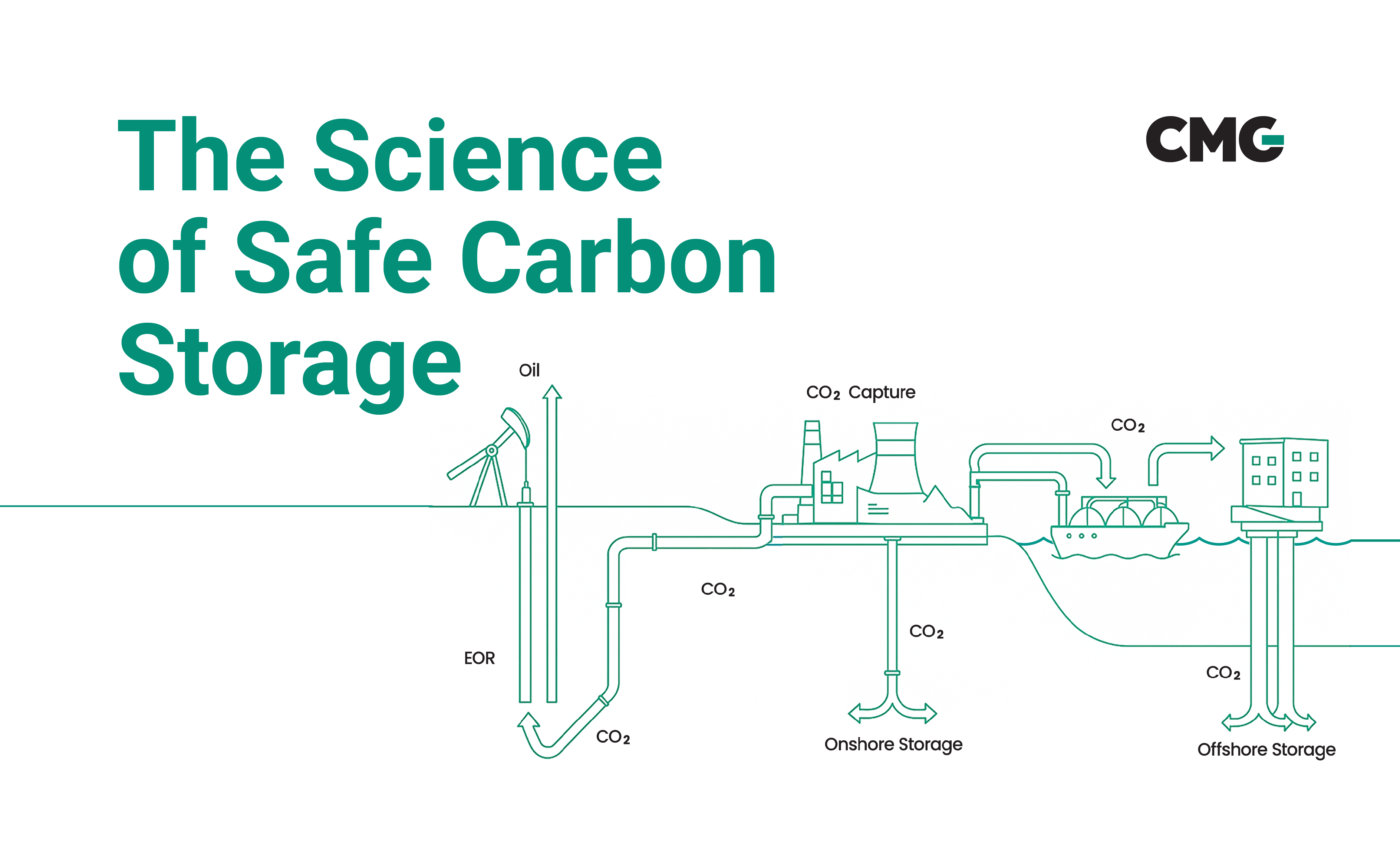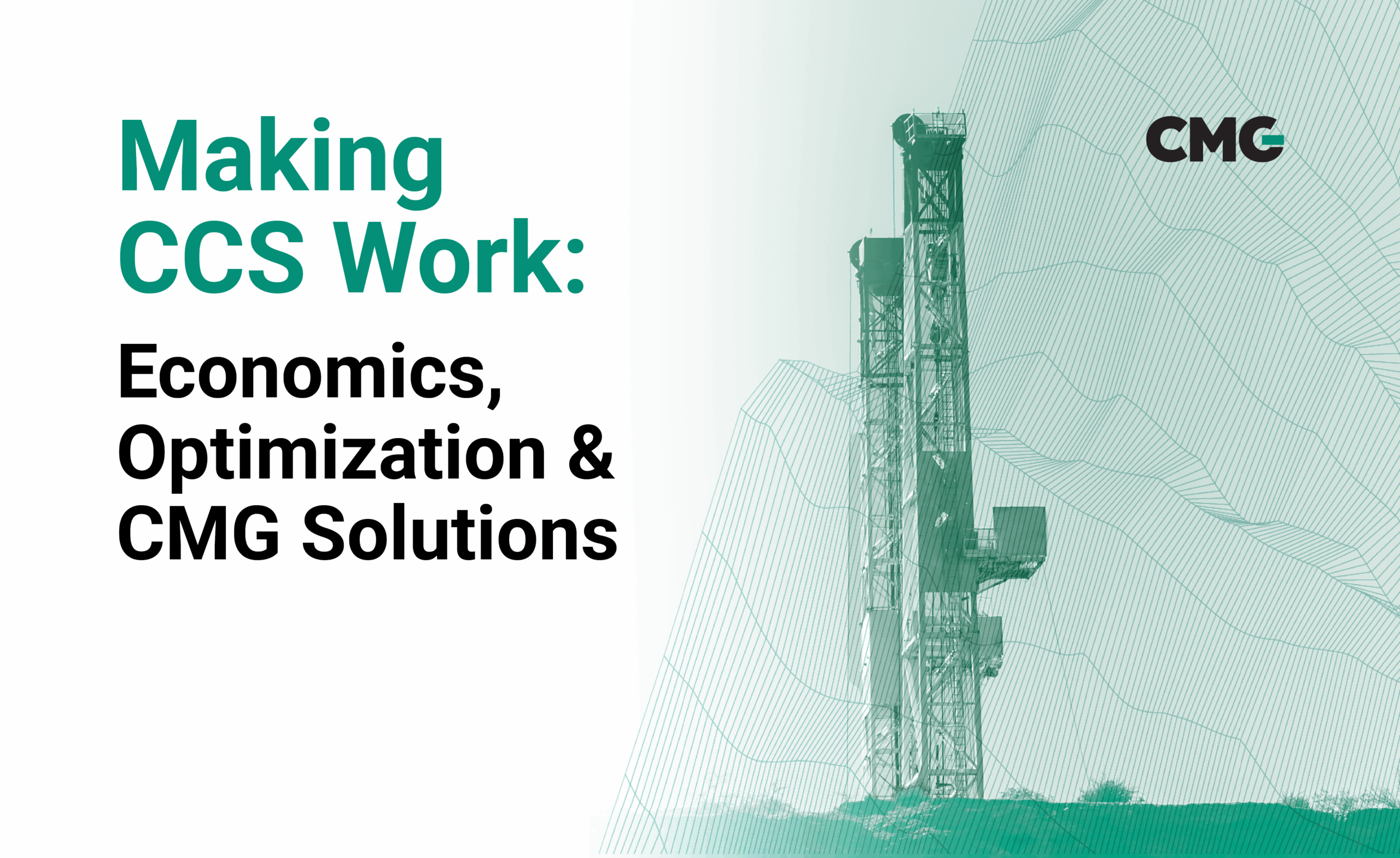A multi-field CO₂ injection plan in Colombia’s Middle Magdalena Valley used Water Alternated Gas (WAG) to store over 100 MMSCFD of CO₂ and increase oil recovery factor. Simulation guided the spacing, cycle timing, and field integration across the basin.
Field background
CO₂ injection has long been used to mobilize trapped oil, but this project took it further. The goal was to connect recovery and containment across an entire region. A refinery in Colombia’s Middle Magdalena Valley produces more than 100 million standard cubic feet of CO₂ per day. That volume exceeds the containment capacity of any single field nearby. A coordinated strategy was required to store the gas and increase oil recovery without adding infrastructure or disrupting production.
Simulation was used to test how multiple fields could simultaneously achieve both objectives under a unified injection plan. This case study demonstrates a methodology applied to one field, which was replicated across other fields to reach the total injected volume outlined in the strategy.
The challenge
Storage and recovery were managed individually for each field due to differences in well spacing, reservoir pressure, and fluid flow behavior, which affected optimal operational strategies. No injection method could be assumed to work across all sites. Gas handling, sweep, and containment had to be tested through models, not assumed from analogs.
Four methods were evaluated: water injection, gas flooding, carbonated water injection, and WAG CO₂. Forecasts had to show gas placement, oil mobilization, and pressure behavior through 2050.
Simulation approach
Models were built using CMG’s simulation tools. The team created both full-field and sector models to reflect layout, flow, and saturation. The workflow included:
● Area selection based on existing 5-spot patterns
● Model development with isothermal conditions
● History matching based on production and injection records
● Forecasting each scenario using real well spacing and injection parameters
● Optimization using objective functions linked to rate, drawdown, and bottom-hole pressure
Each injection plan was tested using a compositional model that accounts for trapping methods like gas-water hysteresis (to capture residual trapping), solubility (to assess dissolved gas), and mobility (to evaluate gas movement), which were considered and tracked during the forecasts.
Methods evaluated
● Water injection (base case): Carried forward from current practice
● Gas flooding (CIG): Used continuous CO₂ at 700,000 SCF/day by well
● Carbonated water injection (CWI): Injected 650 barrels/day of water with 2.5 mol/kg of dissolved CO₂ by well
● WAG CO₂: Used two-month cycles alternating between water and gas. Water rate: 500 barrels/day. Gas rate per well: 2.700,000 SCF/day
Each case matched to five-spot geometry, where the injection, production rates for each well, time injecting gas and water (for cycle size determination), along with other operational parameters like well perforations, were optimized using a Sector forecasts extended to 2050.
Why WAG CO₂ stood out
WAG CO₂ gave the widest sweep area and the strongest oil response. The alternating cycle moved gas deeper while using water to hold pressure. It reduced early gas breakthrough and avoided migration.

Model configuration
● Full-field and sector models
● Five-spot patterns with grouped injectors and producers
● Four cycles of two-month injection per phase
● Gas-water hysteresis modeled using the Sgc method
● CO₂ solubility based on Henry’s constants
● No geomechanical or rock property shifts applied
The model reflected actual field behavior. No assumption was made about saturation reduction. The focus was on phase flow and pressure.
CO₂ Trapping Mechanisms
Storage security was a core part of the modeling process. Physical and chemical trapping were considered to understand long-term gas containment across all fields. The models tracked four key behaviors: structural trapping, solubility, residual phase, and capillary pressure.
Solubility was modeled using gas dissolution in water, with values calculated from Henry’s law constants. The team used isothermal conditions at injection depth to reflect field behavior. Gas trapped by residual saturation was modeled using gas-water hysteresis, with Sgc capped at 0.4 under the Land method. The forecasts focused on containment from flow behavior and phase retention alone.
Each trapping mechanism was tracked across the simulation window through 2050. The structure showed long-term gas retention within modeled sectors. This confirmed the selection of WAG cycles and supported regulatory review for long-term containment plans.
Forecast findings
1. Increased total oil recovery by 22 percent in the selected field
2. Incremental gain of 6.6% over baseline in the selected field
3. Over 100 MMSCFD of CO₂ planned across the system

The model showed that WAG CO₂ could raise oil production and store high volumes of CO₂ across a connected group of mature fields.
This case study is a part of CMG’s Subsurface Stories, where we share real stories, real data, and real results.






